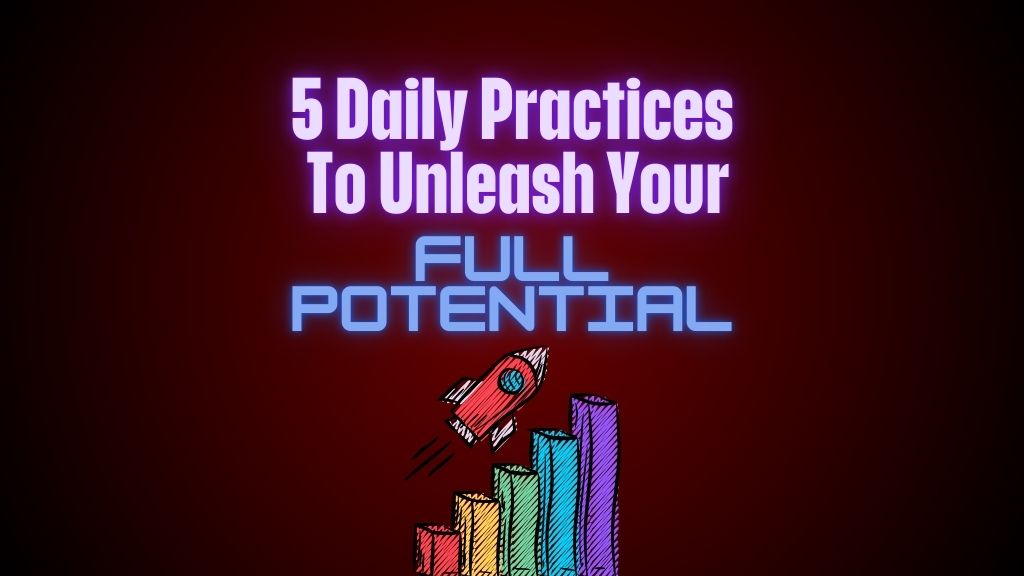Top Tips For Better Presentations At Work
No matter how confident you are, there’s something about giving a speech or presentation at work that causes many of us to feel overwhelmingly uncomfortable.
Whether you’re standing in front of a room full of people or you’re just highlighting the latest figures as part of a Zoom meeting, it’s easy to get overwhelmed.
The good news? Even if you don’t consider yourself to be the best at presentations, you can take steps to manage the situation as professionally as possible.
The tips below will help ensure you make the right impression on anyone you might need to present to at work.
Focus On Your Audience
One of the main reasons we struggle with presentations is we spend too much time focusing on ourselves. When you’re nervous about talking to a crowd, you find yourself thinking about your posture, what your face looks like, whether people have noticed you’re sweating, and so on.
However, what you should be concentrating on is the people you’re talking to.
Whenever you find yourself thinking worrying thoughts, try to pull your attention back to your audience. Ask yourself:
- What do you want your audience to take away from the presentation?
- Are you highlighting the right messages often enough?
- Do people seem interested and engaged in the information you’re sharing?
- Is there anything you can do to make the data or details more exciting?
- Can everyone see your presentation properly and hear you speaking clearly?
Use Technology to your Advantage
Technology makes giving any presentation much easier. As nervous as you may be when standing in front of people, you can still get the right message across, provided you’ve arranged the right technology in advance.
Using PowerPoint presentations and slideshows allows you to organize all your thoughts and messages into clear, data-driven, visual points.
This means that even if you stumble over your words or forget to say something, you’ve got some extra resources to back you up.
Depending on the situation, your technology can even give you a dose of confidence. For instance, if you’re presenting over Zoom or Microsoft Teams, you can turn your view of the audience off to make you feel less nervous.
You can also use the “touch up” features on the camera to make you look more professional (and less exhausted).
Practice Makes Perfect
This might seem like obvious advice, but practice is crucial to any successful presentation. Whether you’re talking to the meeting attendees in person or online, try to get some practice before the big day.
Consider talking through your slideshow with your friends or family and asking them to give you feedback on ways to improve.
During your practice sessions, pay attention not just to what you say, but also your body language and how you present yourself to your audience. Smiling and keeping an open posture will help you to create a positive connection with those attending. If you come across as likeable, people will generally be much more welcoming.
Remember to make your opening and conclusion as strong as possible too. You want to grab your audience’s attention straight away with the opening. Interesting statistics, images, and even funny statementscan help pull your audience in.
At the end of the presentation, your focus should be on leaving your audience with the key ideas and messages of the speech.
Breathe and Relax
Finally, as difficult as it might seem, the most important thing you can do during a presentation is relax. Even if your presentation doesn’t go perfectly, it’s not the end of the world.
Allowing yourself to get overwhelmed and stressed is just going to put your mental and physical health under strain.
If you’re struggling to stay relaxed during the presentation, try to focus on your breathing. Deep breathing will help keep you calm and collected, and ensure you don’t rush through your speech too quickly.
Another great strategy is to think about what you’re going to be doing after the presentation.
Arrange to have a relaxing coffee with a friend and discuss the presentation afterwards. Even if it goes poorly, at least you’ll have something to laugh about and learn from in the long-term.
Presenting can be a nerve-wracking experience, but it doesn’t have to be a nightmare. Use the tips above to make your next presentation a success.





